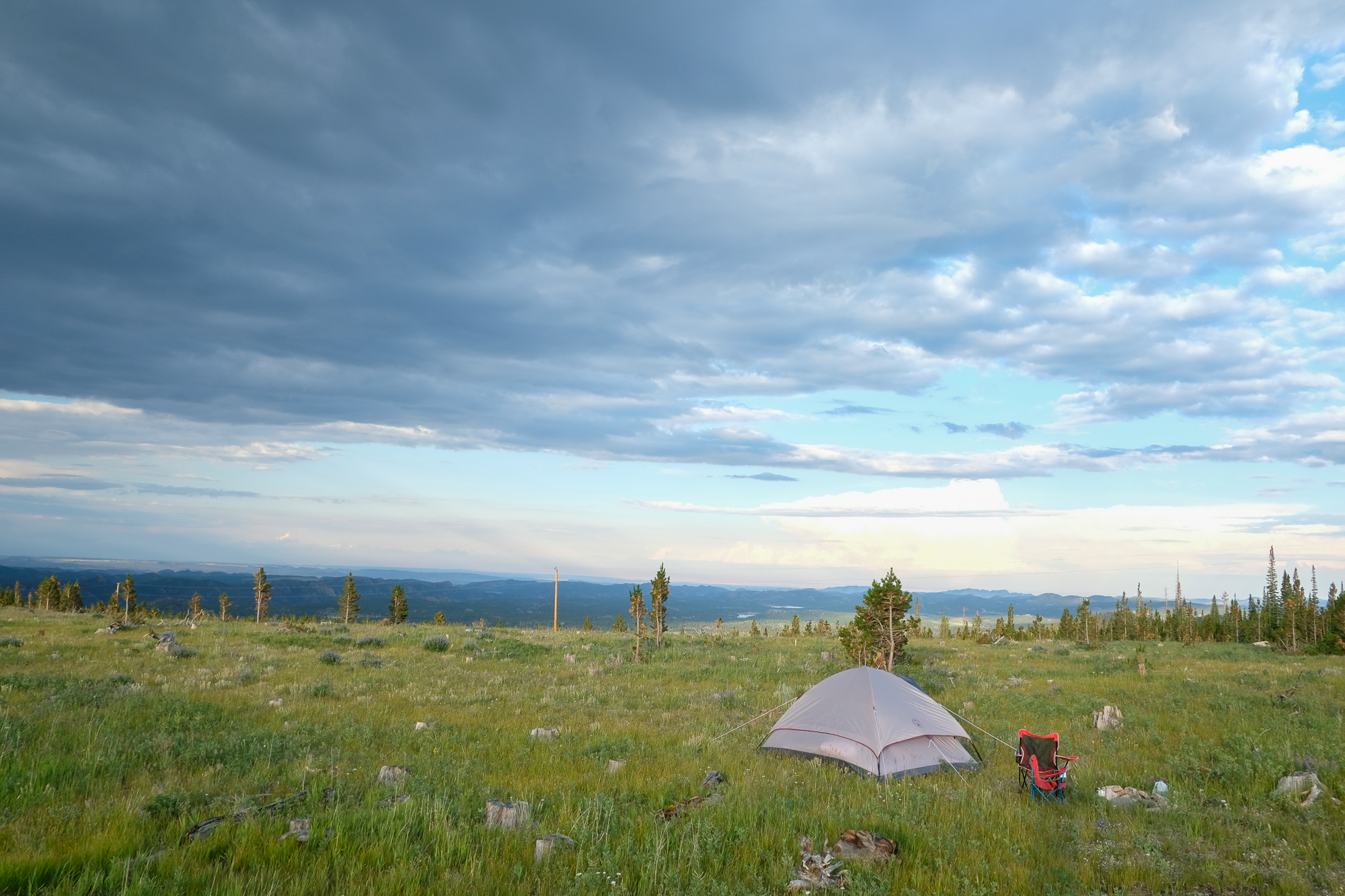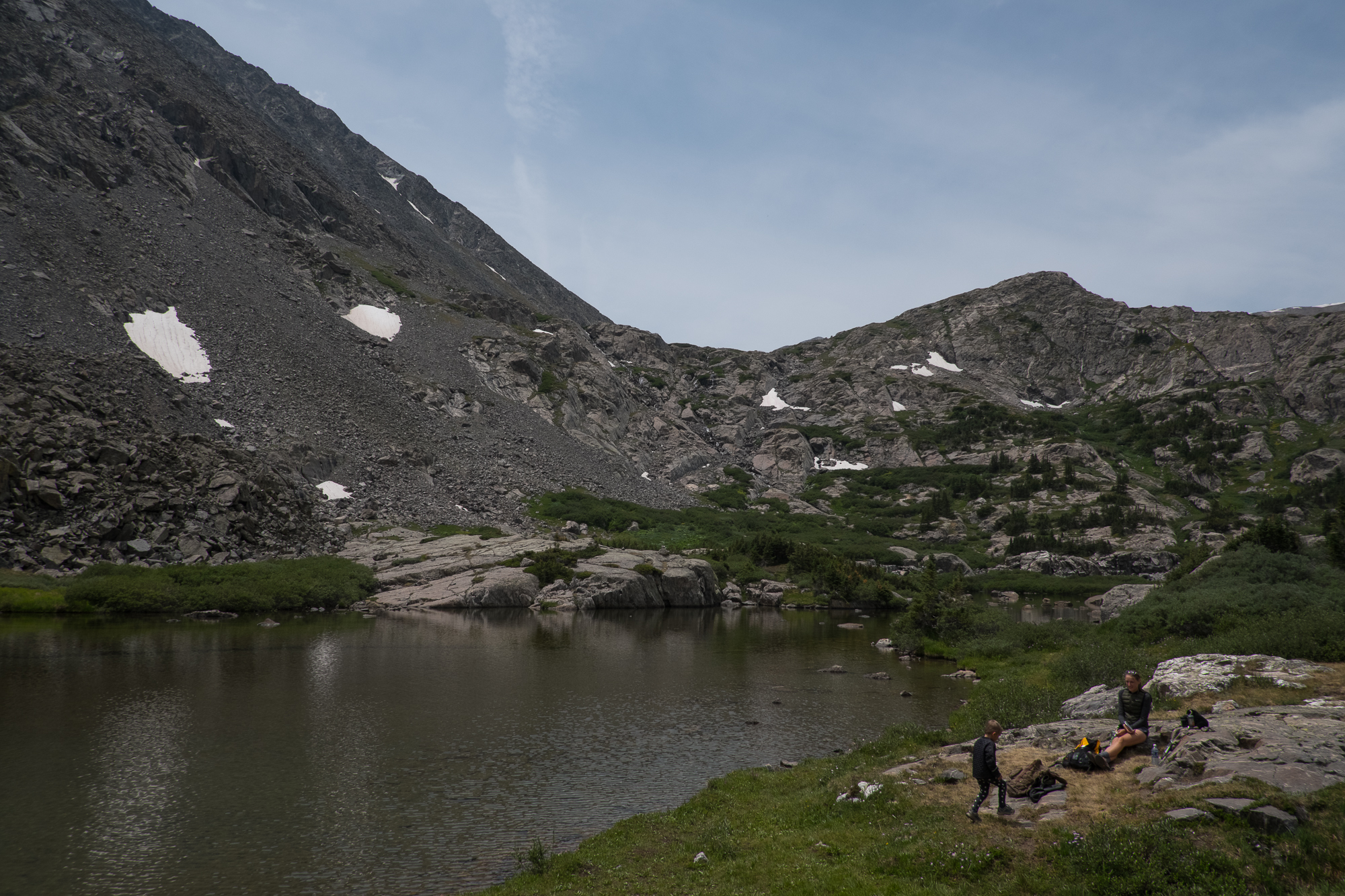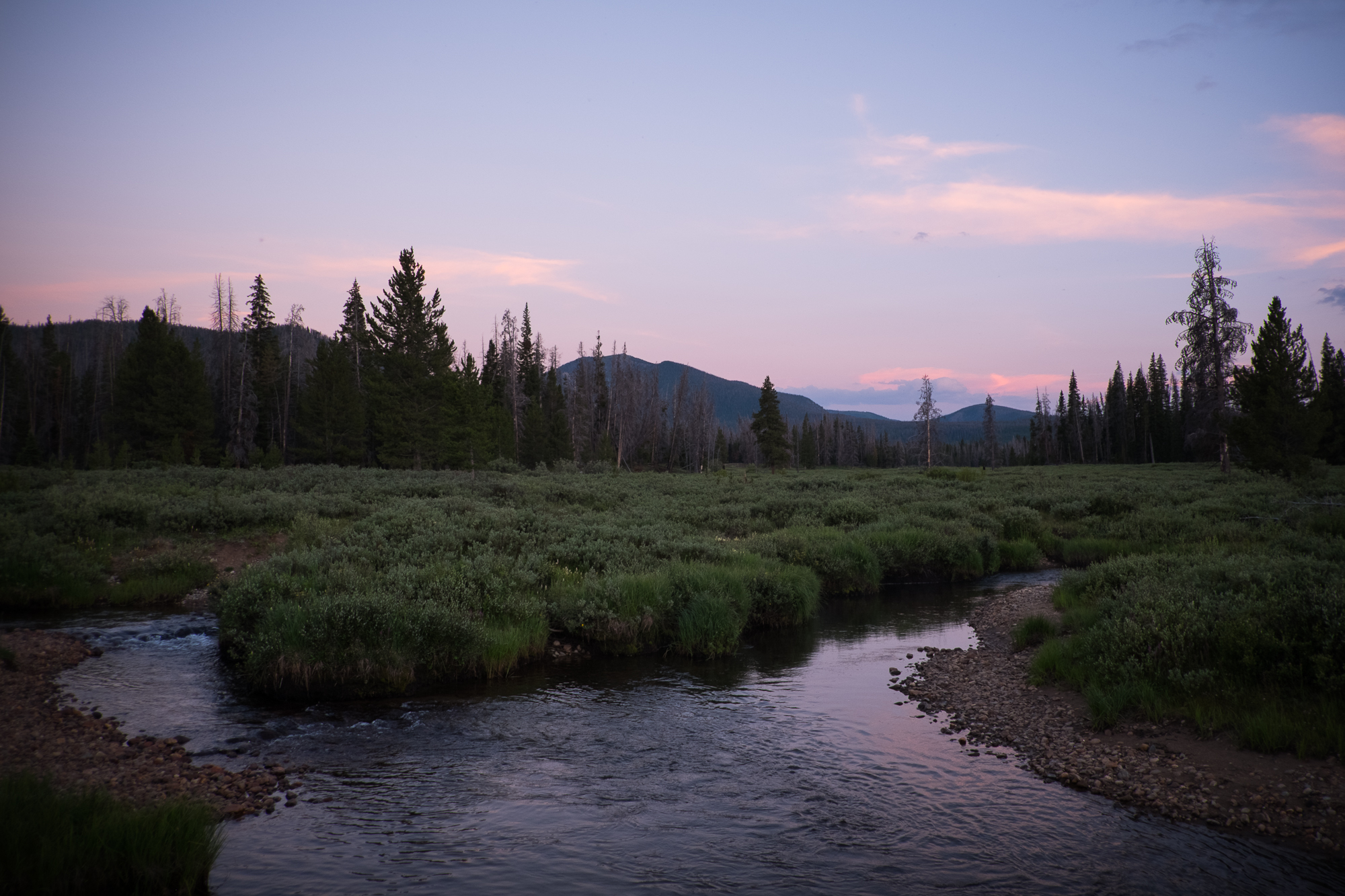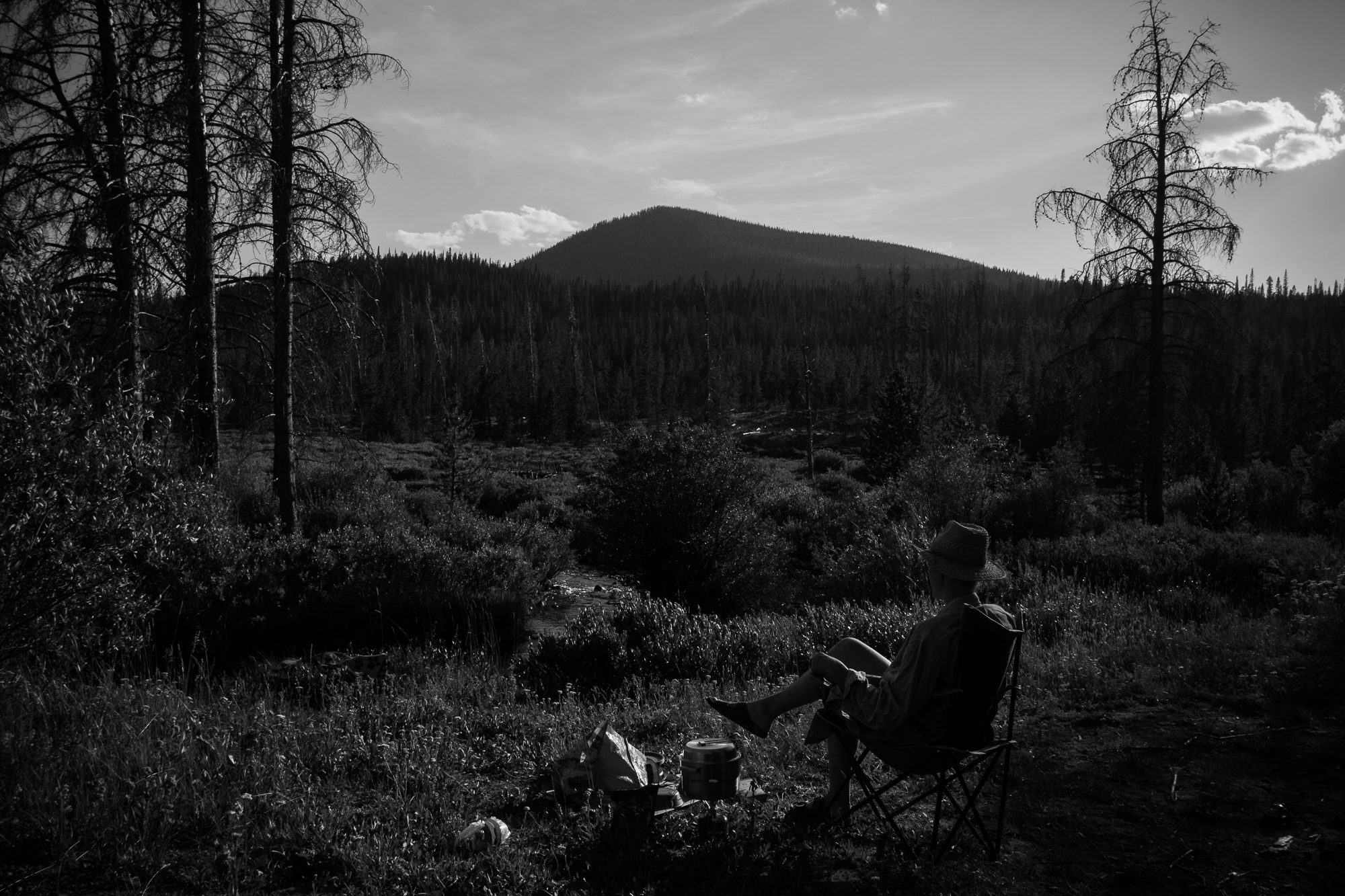It's time to start caring about sand - New Comment in Nature
Mette Bendixen
On July 4th, Nature published our Comment ‘Time is running out for sand’.
I really like how this piece came to life; At AGU2018 in Washington, I met Chris Hackney, who is at the University of Hull. He presented his work on sand mining in the Mekong delta on a poster in a session, I hadn’t visited if he hadn’t tweeted about it (hint: twitter is an excellent source to communicate your work!).
I was so excited about his work and excited to see at least one other person among AGU’s 28.000 participants interested in the problem related to the global sand crisis. We met again a few days later as I presented a poster on ‘The promises and Perils of sand exploitation in Greenland’, and decided to stay in touch after AGU.
With Lars Lønsmann Iversen from Arizona State joining in on our brainstorm on how to go further with this work, we Skype’d a few times over Christmas and in the first weeks of January. We quickly realized that there was extremely little data on sand mining and that no global overview of actual numbers on sand dredging exists. So, what to do? We asked Jim Best from University of Illinios if he wanted to work with us on the project, and decided we had to write a call for action - this piece that’s now published as a Comment.
Our hope is, that it will spark interest and gain the attention from peers, this global problem so desperately needs.
Read more about our work on the global sandcrisis HERE















